KYOTO, JAPAN—Ryu Murakami of the Kyoto National Museum thinks that two mirrors discovered in the Higashinomiya tomb in Inuyama may have been “magic mirrors,” which are thought to have originated in China. The patterns engraved on the back of the third-century bronze mirrors would have been projected onto a wall when sunlight reflected off the front. “Someone apparently noticed the phenomenon and intentionally shaped mirrors in this way. I believe they have something to do with sun worship,” he said. He recreated the two mirrors using copper, tin powder, and a 3-D printer to demonstrate how they would have worked. These are the first mirrors with “magic” properties to have been identified in Japan. “The finding could lead to reconsideration of the role of mirrors in ancient rituals. Sometimes, dozens of mirrors are found from the same burial mound. Theoretically, it’s not hard to imagine that they were lined up to project a number of images,” commented archaeologist Shoji Morishita of Otemae University.
Third-Century Bronze Mirrors From Japan Projected Images
News January 30, 2014
Recommended Articles
Off the Grid January/February 2026
Prophetstown, Indiana

Letter from France January/February 2026
Neolithic Cultural Revolution
How farmers came together to build Europe’s most grandiose funerary monuments some 7,000 years ago
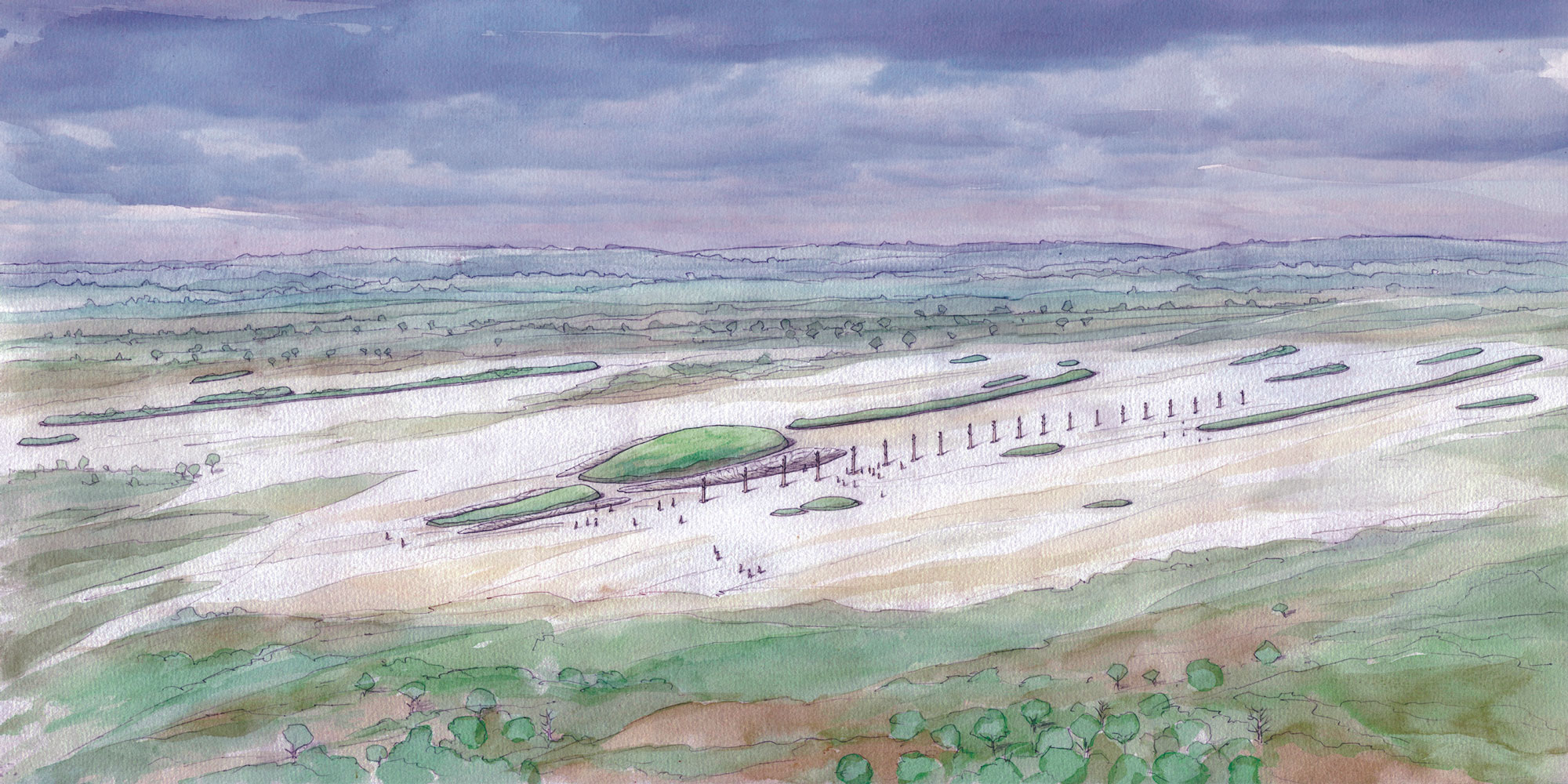
Features January/February 2026
The Cost of Doing Business
Piecing together the Roman empire’s longest known inscription—a peculiarly precise inventory of prices

Features January/February 2026
The Birds of Amarna
An Egyptian princess seeks sanctuary in her private palace
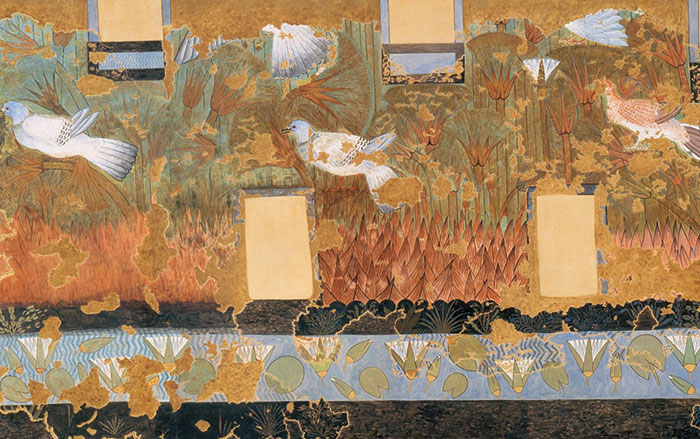
-
Features November/December 2013
Life on the Inside
Open for only six weeks toward the end of the Civil War, Camp Lawton preserves a record of wartime prison life
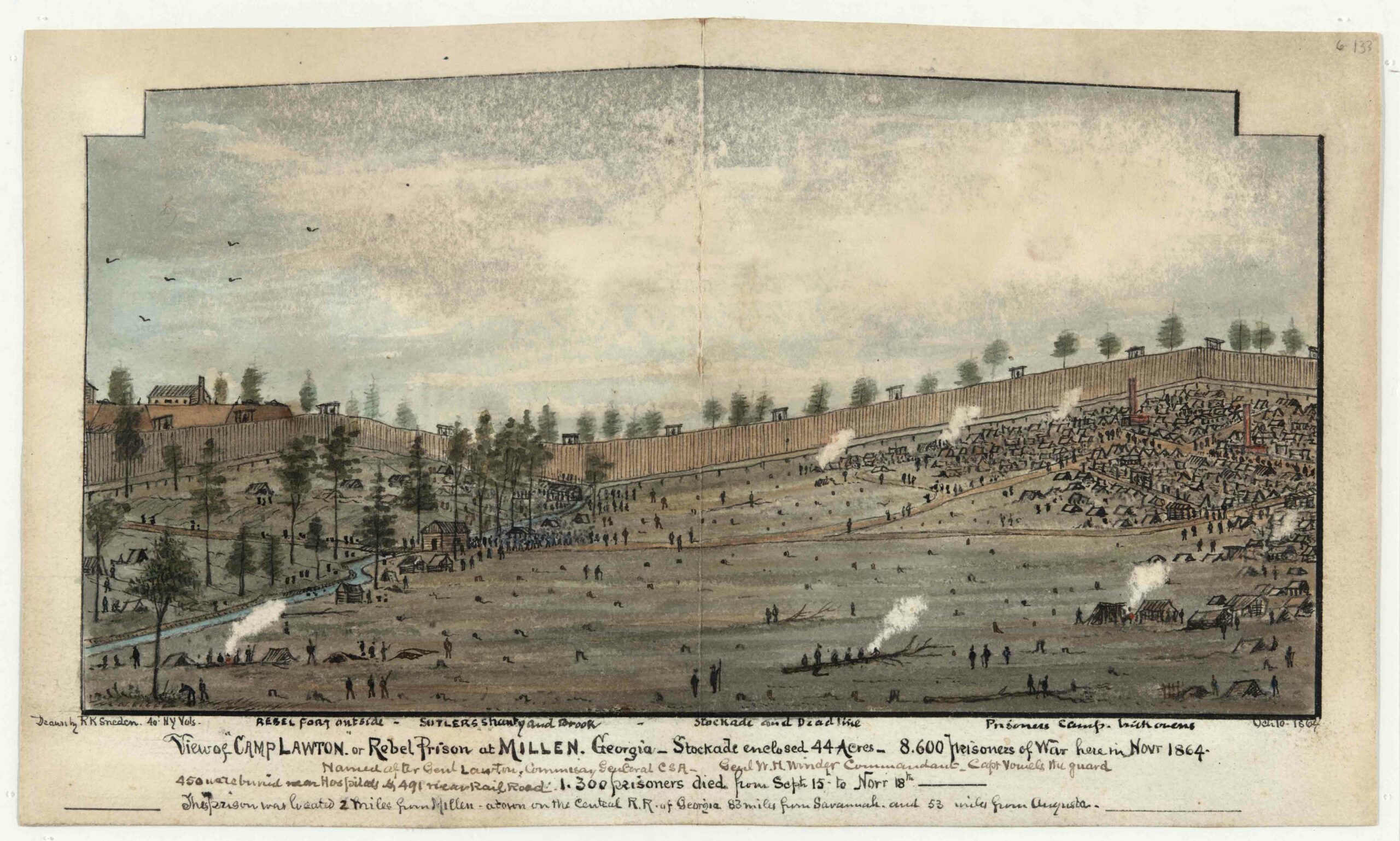 (Virginia Historical Society, Mss5.1.Sn237.1v.6p.139)
(Virginia Historical Society, Mss5.1.Sn237.1v.6p.139) -
Features November/December 2013
Vengeance on the Vikings
Mass burials in England attest to a turbulent time, and perhaps a notorious medieval massacre
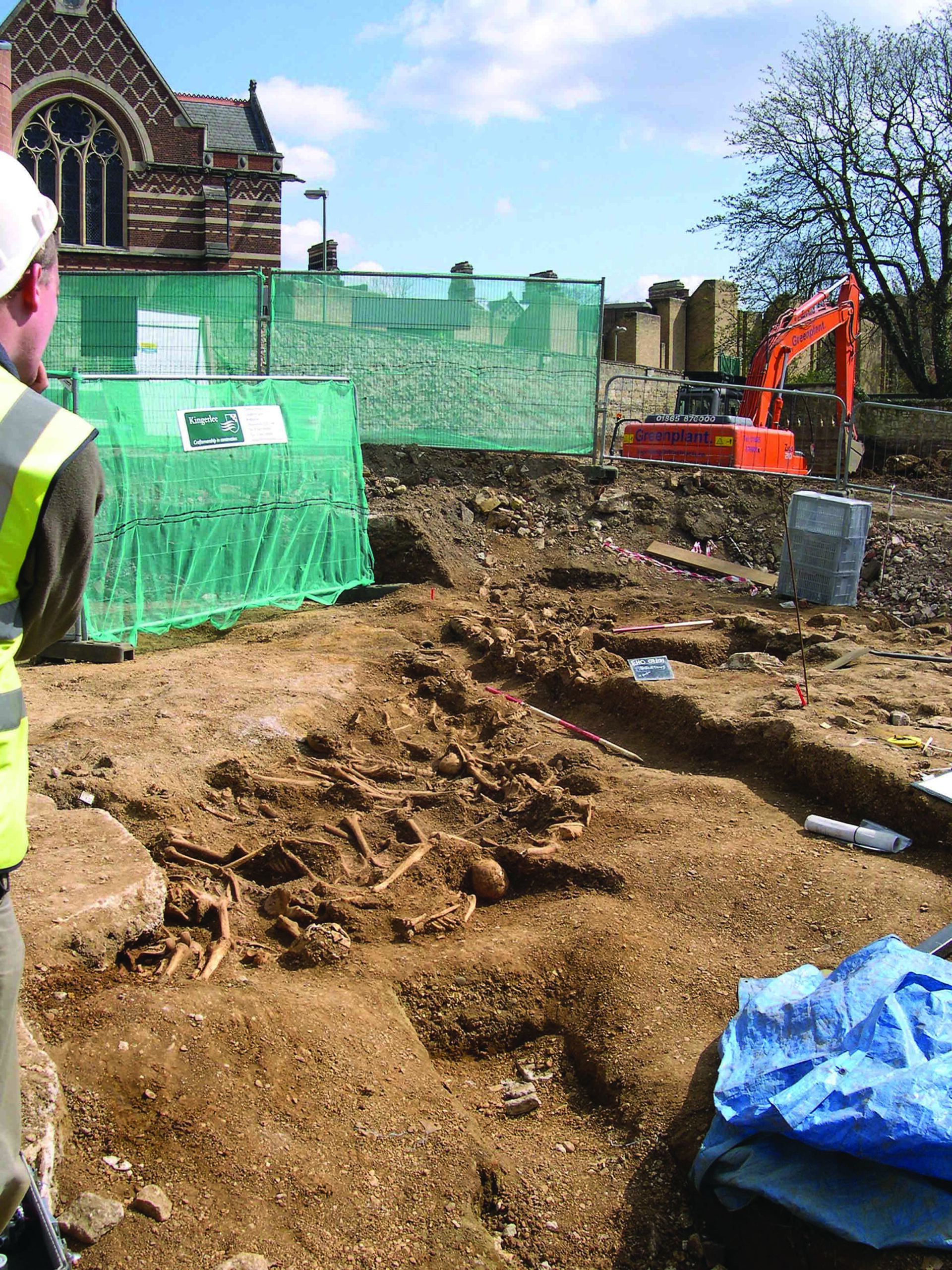 (Courtesy Thames Valley Archaeological Services)
(Courtesy Thames Valley Archaeological Services) -
Letter from Bangladesh November/December 2013
A Family's Passion
A father and son watched over a site in northeastern Bangladesh for decades before archaeologists came to see what was there
 (Courtesy Reema Islam)
(Courtesy Reema Islam) -
Artifacts November/December 2013
Moche Ceremonial Shield
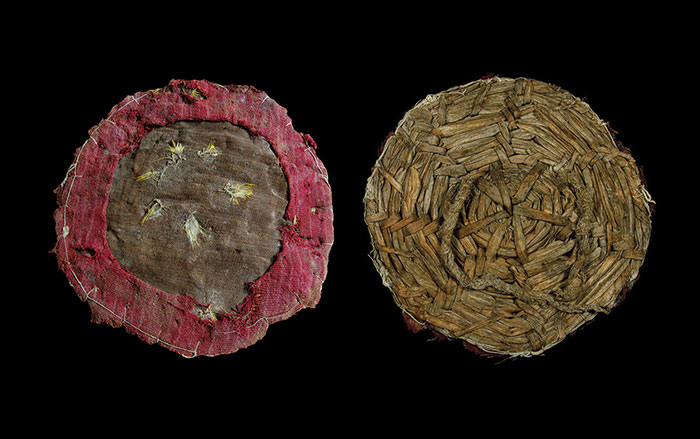 (Courtesy Lisa Trever, University of California, Berkeley)
(Courtesy Lisa Trever, University of California, Berkeley)

